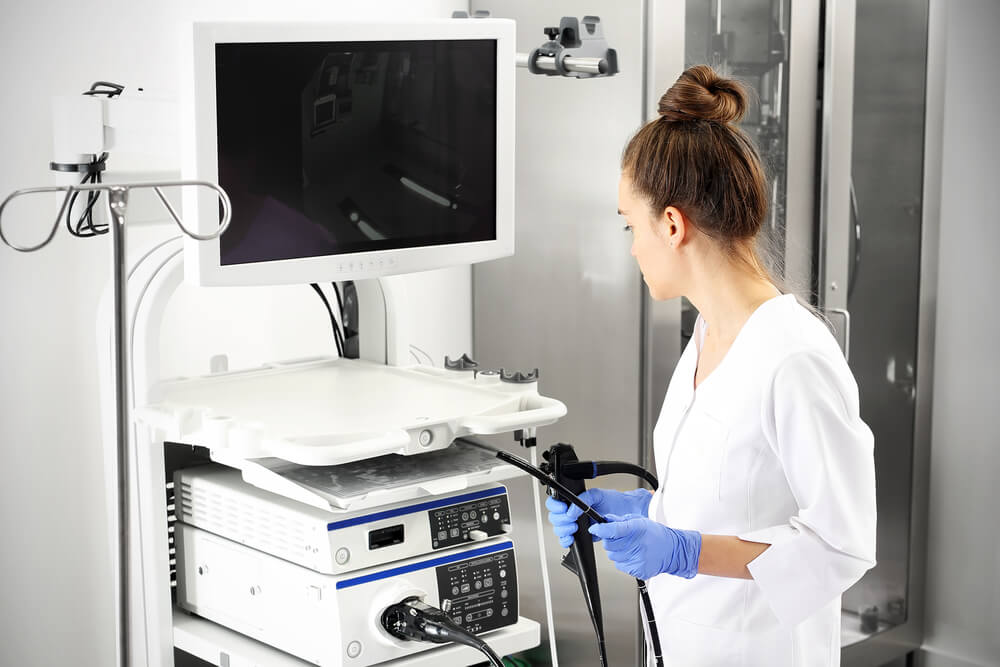A virtual colonoscopy enables your physician to see inside your rectum and colon. It is also known as CT colonography, or computed tomography. In this procedure, the doctor takes photos of your internal organs. It’s frequently used to search for little growths called polyps and to check for colon or rectal (colorectal) cancers.
During a full colonoscopy, your doctor inserts a thin tube into your rectum to visualize the colon. You’ll be sleeping during the procedure. If he sees polyps or changes in the tissue, he can take some out through the tube and check it for diseases. In virtual colonoscopy, the physician doesn’t place a camera into your digestive tract. You aren’t sleeping during the test. Rather, he utilizes a CT scanner and X-rays to take 3-D images of your digestive system on a computer monitor.


